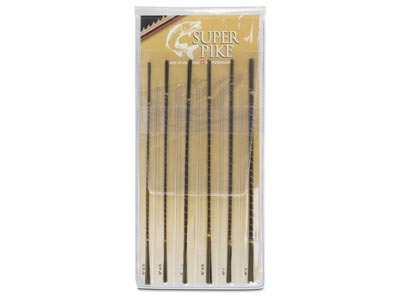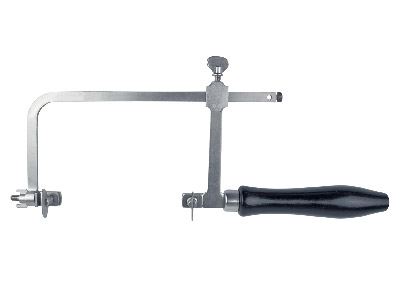Posted by John Smith 47 on 01/11/2021 22:20:51:
Yes, Platinum King blades sound like good advice as they are made from much harder metal than Super Pike, and I have bought some.
…
Because I'm now wondering being a wavy edge plus a wider kerf will also stop it from cutting very straight. Presumably they make them like that to stop them from jamming, but I'm thinking that if I remember to lubricate (with nose grease or whatever) may I would be better off without the wavy edge…
…
Best not to overthink or jump to conclusions. Too much depends on practical factors.
The form of most hand tools is based on millenia of practical experience plus a century and more of scientific technology. In the case of saw-blades, there's a subtle trade-off between hardness and toughness. Hard isn't necessarily better!
Hard blades tend to be brittle and easily broken, so in practice a tougher, softer blade is often more suitable. The best blades tend to be bimetallic with a soft tough band supporting hard teeth. Typically made by welding two alloys together and carefully heat-treating the combination. Another expensive type makes the whole blade from the same alloy but differentially heat treats it to harden the teeth whilst keeping the blade soft. However, best option depends on the job and the operator, which is why so many different blades and types of saw exist.
The wavy edge on hacksaw blades strengthens them and improves swarf clearance, which is good. As far as I know waviness has no bad effect on straightness. It's the chap working the saw who causes most of the trouble!
A hacksaw is suitable provided at least 3 teeth are in contact with the metal, but don't expect good results early on: you must practice. If a properly tensioned hacksaw with sharp teeth and a bit of lubrication doesn't cut straight, the problem is probably the sawyer, not the saw. It includes the possibility the worker selected the wrong material: some types of Stainless Steel are a pig to cut because they work-harden, possibly damaging the blade without the operator noticing.
How much practice is needed depends on the individual, but we're talking several hours minimum cutting time and many worn out blades, not a few hours one weekend. Experimentation is part of the learning process. We have to home in on what works best for us. Persist: there's a reason craft Apprenticeships took seven years!
Dave
jaCK Hobson.








